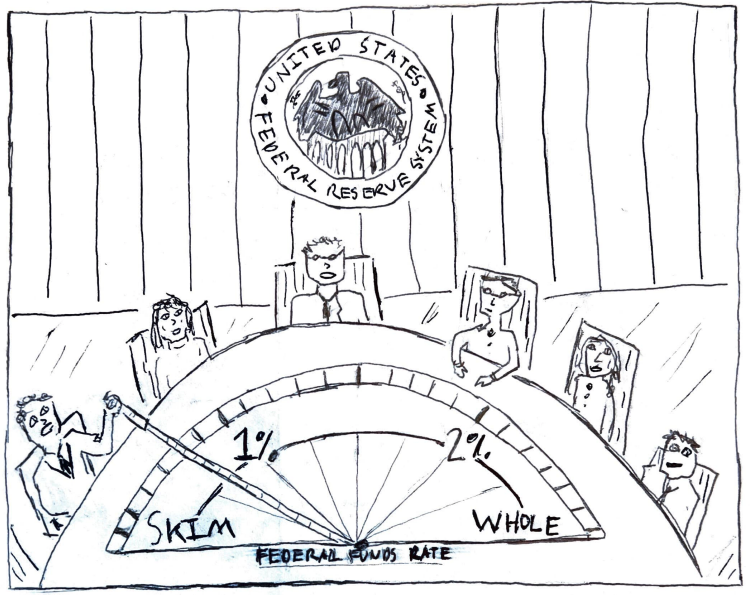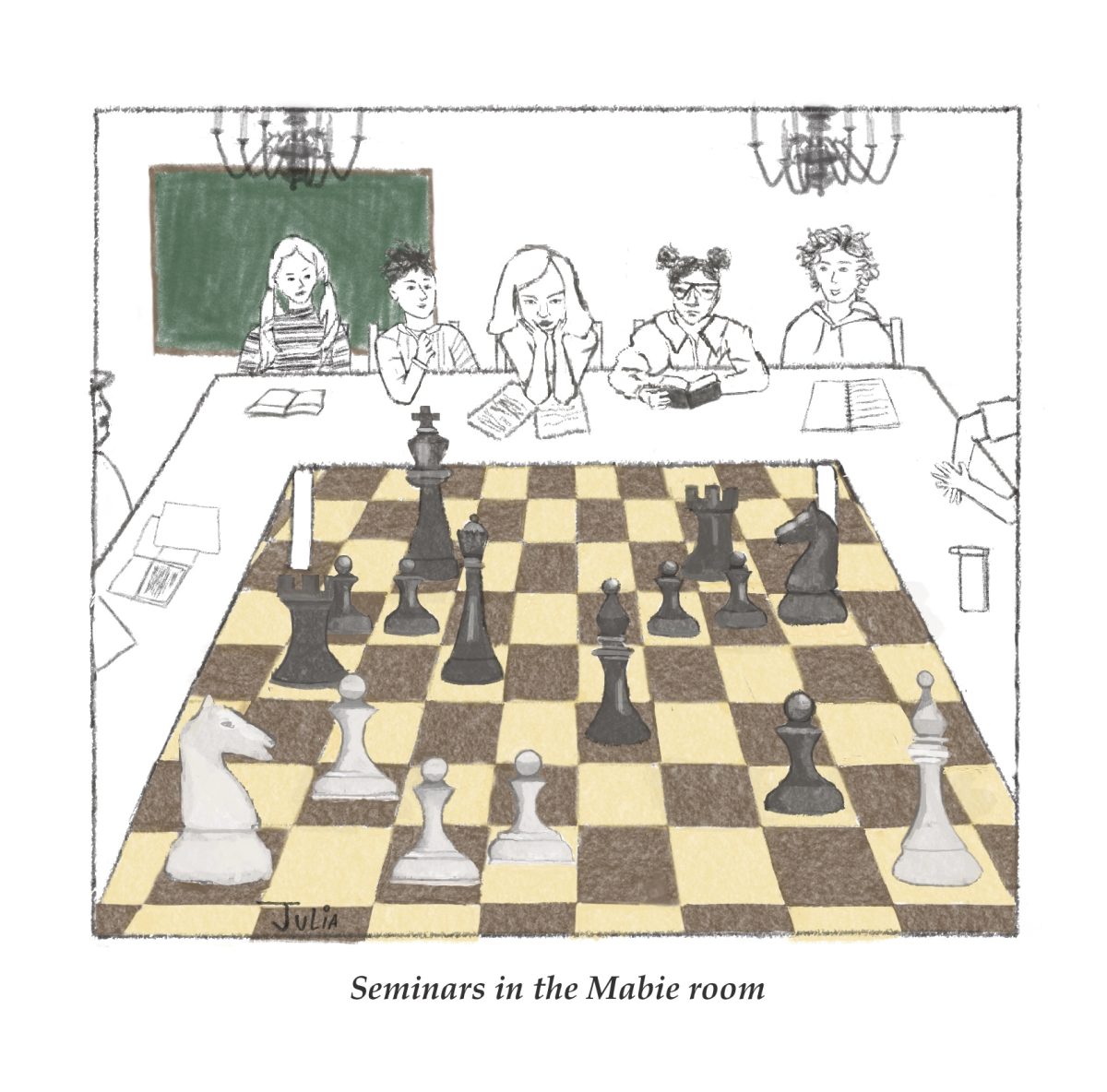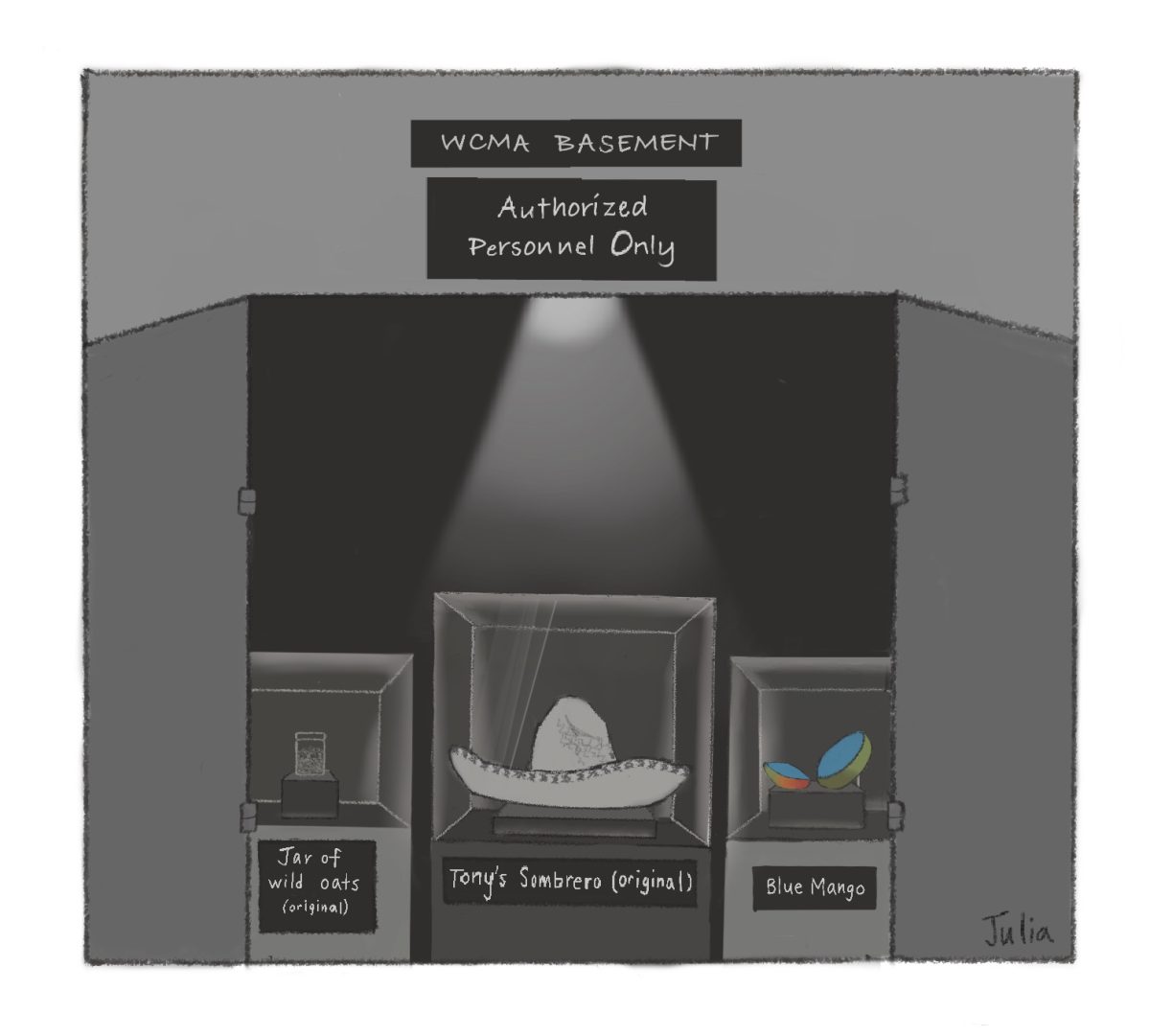To those who wrote “We stand with Mauna Kea: An open letter to Suzanne D. Case” (The Williams Record, Oct. 30, 2019): I appreciate the passion you bring to the debate about the Thirty Meter Telescope (TMT) on Mauna Kea. I find misinformation and polemics most troubling, however.
To clarify basic facts:
• Astronomy has been active on the summit of Mauna Kea for over 50 years. There are 13 telescopes on the mountain.
• Many of the most profound discoveries of our universe have come from Mauna Kea telescopes: about dark matter, galaxies, planets and the possibility of life, black holes and the very origins of our universe. They have advanced mathematics, physics and global communications.
• Mauna Kea is the best site on earth for the most advanced telescope ever to be built. The atmosphere above the mountain is extremely dry, cloud-free, exceptionally stable, extremely dark – allowing observation of the faintest galaxies that lie at the very edge of the observable Universe. A tropical inversion cloud layer about 600 meters (2,000 feet) thick, well below the summit, isolates the upper atmosphere from the lower moist maritime air and ensures that the summit skies are pure, dry and free from atmospheric pollutants.
• TMT’s organizational structure is a consortium of governments funding public astronomical exploration: Japan, Canada, China, India and the United States, along with private philanthropic support. It is not a private, for-profit foreign corporation.
• TMT went through a nearly 10-year regulatory approval process, including extensive environmental and cultural review, two contested cases and two Hawaiʻi Supreme Court cases. The Land Board permit was upheld.
• The permit contains 43 special conditions for environmental, cultural, social, educational and economic commitments. As a condition of constructing TMT, the number of telescopes will be reduced to nine.
• TMT will not pollute groundwater, will not damage any historic sites, will not harm rare plants or animals, will not release toxic materials and will not otherwise harm the environment.
• The TMT site was not used for traditional and customary native Hawaiian practices conducted elsewhere on Mauna Kea. The site is off the summit, in response to comments.
• Stewardship of Mauna Kea for the last two decades has included local management from the University of Hawaiʻi Hilo campus, the cultural review board Kahu Ku Mauna, a community review board, and rangers, under a comprehensive management plan with dozens of requirements for environmental and cultural management and monitoring, annually reviewed.
In sum, the decision to build TMT was the result of years of thoughtful planning and extensive public process. The permit approval is a decision that, on balance, TMT is an important project for the public, to be done in the best way possible, considering and mitigating impacts.
Some believe that all of Mauna Kea is too sacred to allow large structures. To the extent that belief is a religious one, under the federal and state constitutions, a group’s religious beliefs cannot be given veto power over the use of public land.
Not all agree with the decision. Fair enough. But in any governmental structure, whether democracy or monarchy or absolute, or family or community, we don’t always agree. We do our best to work through our differences, in formal and informal processes, peacefully.
The world is not black and white. It is richly woven in endless shades of grays and colors. We guide our actions – and our discourse – with truth, understanding, and respect.
No matter our culture, we all inherit myths of origin and share a universal search for meaning – of light emerging from darkness, of a broken and imperfect world we must strive to put right. Let us make room on the mountain, and in our discourse, for everyone.
For more information on TMT, see: https://dlnr.hawaii.gov/occl/tmt/
Suzanne Case, Williams ’78, has worked for over three decades to protect important landscapes and seascapes of Hawaiʻi and our planet, first as a conservation lawyer, then as the Executive Director of The Nature Conservancy of Hawai‘i, and now in her role as the Chair of the Hawaiʻi Board of Land and Natural Resources. She wrestles daily with how to accelerate actions to address climate change.
Editor’s note: The above bio was submitted by the author.







